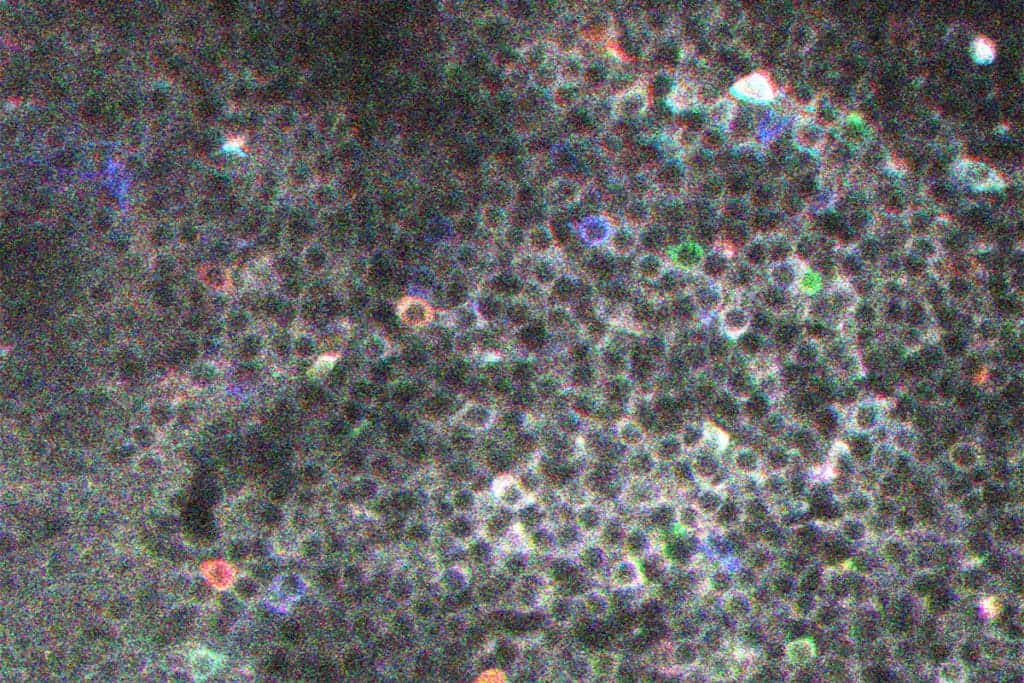A new study of mice brains might give us our first glimpse into how memories are formed in the brain.

Image credits Susanne Reichinnek / Institut de neurobiologie de la mediterranee.
Our brains assign certain neurons to keep track of where we are, the path we took and how far we’ve traveled to get here. Researchers have long been curious to see exactly how they handle this process, but we’ve never been able to actually see the magic happening.
A team from the Institut de Neurobiologie de la Méditerranée in Marseille, France, has found a way to do just that. The team worked with rats — whose brains also have “placekeeping” neurons — to study how memories are formed. These cells are known to fire in sequence when a rat is resting, said Rosa Cossart, as if the animal’s brain was retracing its steps. She believes that this process underlies the formation of memories — but, without any way to accurately map the activity of a large enough number of these neurons, its actual purpose has so far remained unclear.
For decades now, researchers have suspected that these cells fire together in small groups, but nobody could really look at them, she adds.
To study their behavior, Cossart and her team added a fluorescent protein to the neurons of four mice. This protein shines brightest when calcium ions flood into the neuron — the chemical process of a neuron “firing”. Using this fluorescence, they mapped neural activity on a much larger scale and with greater precision than previous techniques, which relied on implanted electrodes.
They analyzed the activity of more than a thousand neurons per mouse while the animal was walking on a treadmill or standing still. While the animals were running, the neurons responsible for tracing distance fired in a sequential pattern, keeping track of the movements. The same neurons also activated when the mice were resting but the pattern was different, Cossart found. They fired in the same sequence as they had when the animals were running, only much faster. And rather than firing in turn, they fired together in sequential blocks, each one reflecting a chunk of the original episode that the mouse experienced.
“We’ve been able to image the individual building-blocks of memory,” Cossart says.
The neurons handling each piece of the memory aren’t all bunched together in the brain — they’re strewn all over the hippocampus. But each one of their activations showed a clear and strong association with other neurons that helped record the memory.
But Cossart’s findings haven’t been universally accepted. George Dragoi at Yale University isn’t sure if what she’s recorded are actually memories being formed — for all we know, the mice may not even have any recollection of the time they ran on the treadmills, he said for New Scientist. The neuron groups that fired while the animals were resting may have just been default brain activity. Kamran Diba of Wisconsin University, Milwaukee, finds it surprising that the mice’s brains would first process the experience as continuous and in separate segments later on.
“The cells essentially fire in order throughout the run,” says Diba. “So why would it break down into discrete assemblies?”
It would be interesting to see some more research done to confirm whether the study’s findings are accurate. Do the brains of other animals, including ourselves, behave the same way? And if so, could this memory fragmentation process be what allows us to dream?
The full paper “Awake hippocampal reactivations project onto orthogonal neuronal assemblies” has been published in the journal Science.
Was this helpful?



